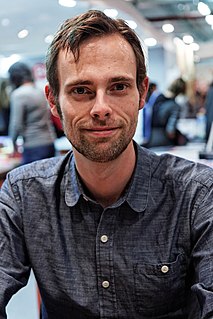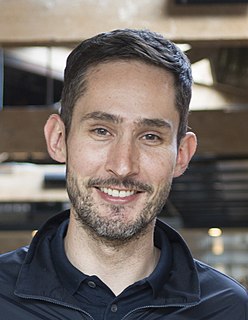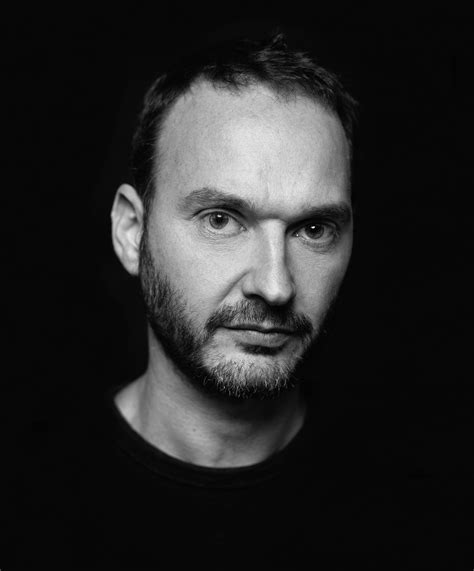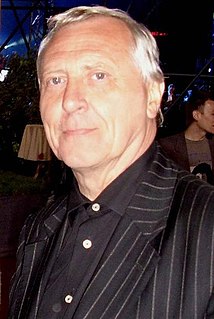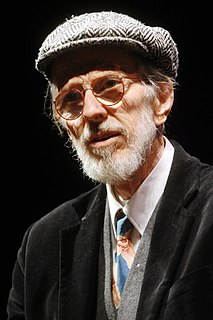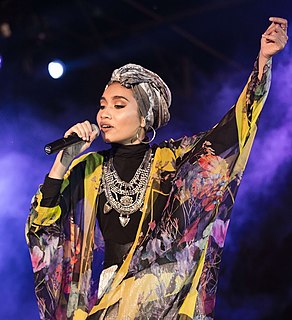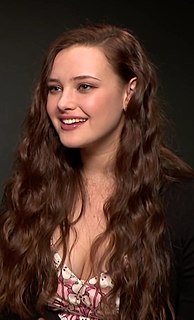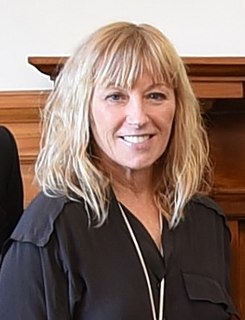A Quote by John Heartfield
There are a lot of things that got me into working with photos. The main thing is that I saw both what was being said and not being said with photos in the newspapers... I found out how you can fool people with photos, really fool them... You can lie and tell the truth by putting the wrong title or wrong captions under them, and that's roughly what was being done.
Related Quotes
Some of my favorite photos from the old days are of people who maybe didn't know how to smile. Maybe smiling in photos wasn't an accepted form of behavior back then. But the big eyes and the oversized dolls that people are carrying, and it's something about their hair - the anachronisms of these photos are really what creep me out.
Instagram is a media company. I think we're about visual media. I explain ourselves as a disruptive entertainment platform that enables communication through visual media. I don't think it's just photos. There's a reason we don't allow you to upload photos on the Web as albums. It's not about taking all these photos off your DSLR putting them into an album and sharing them with your family. It's not about that. It's about what are you up to right now out in the real world, how can you share that with everyone.
Learning that aesthetic as a kid - seeing those photos - made me think that that's what photos are supposed to look like. I never understood snapshots. I was looking at them like, "This is horrible; that's not what a picture is supposed to look like." I was taught by these photos. So when I picked up the camera, though I had never done it before, I kind of already knew what I was doing.
I've never really been interested in the vintage photos people pay lots of money for -- civil war tintypes or old daguerrotypes of famous people. Nor do I have any interest in the really gross, dark stuff that some people pay top-dollar, like post-mortem photos of babies (yuck) or press photos of old murder scenes or whatever. I collect in these little niches most other people don't care about -- dark-and-weird-but-fun -- and photos that have been written on, which a lot of sellers think hurts their value. All of which is good news for me!
It never occurred to me that there were so many wonderful photos that had been orphaned and were out there in the world, waiting to be found. Over time, I found a lot of very strange pictures of kids, and I wanted to know who they were, what their stories were. Since the photos had no context, I decided I needed to make it up.
Show us 14 photos of yourself and we can identify who you are. You think you don't have 14 photos of yourself on the internet? You've got Facebook photos. People will find it's very useful to have devices that remember what you want to do, because you forgot... But society isn't ready for questions that will be raised as a result of user-generated content.
I am always surprised at all the things people read into my photos, but it also amuse me. That may be because I have nothing specific in mind when I'm working. My intentions are neither feminist nor political. I try to put double or multiple meanings into my photos, which might give rise to a greater variety of interpretations.


